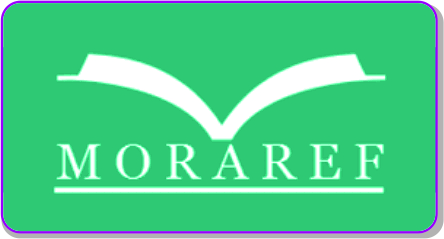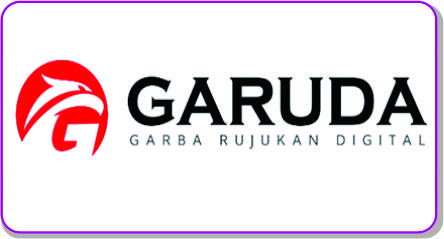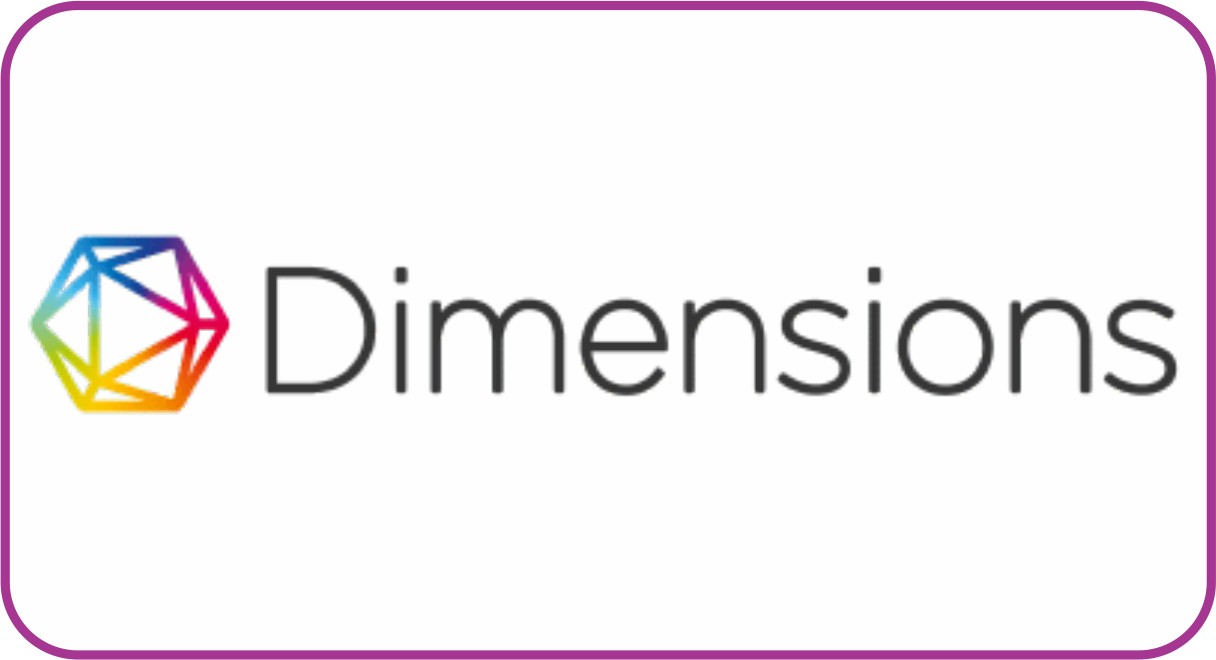Maintaining The Environment Using AI in Death Language Era
DOI:
https://doi.org/10.30983/mj.v3i1.6295Keywords:
artificial intelligence, ecodigital, ecolinguistic, language revitalizationAbstract
Abstract
Local language cultures that are rich in natural knowledge are becoming extinct. The extinction of these languages certainly increases the threat to the ecosystem. As a language model, AI can create new language trends that support language extinction. However, the author also provides a series of concrete steps to use AI as a language digitization effort. With an ecolinguistic-ecodigital approach and through computational studies of language, AI is expected to contribute to language rescue. With these language revitalization steps, human-human language interactions in the community, humans with nature are better facilitated. The interactional relationship is considered to ensure environmental sustainability.
Keywords: artificial intelligence, ecodigital, ecolinguistic, language revitalization
Abstrak
Â
Budaya bahasa lokal yang kaya akan pengetahuan alam mulai punah. Kepunahan bahasa-bahasa ini tentu meningkatkan ancaman terhadap ekosistem. Sebagai sebuah model bahasa, AI dapat menciptakan tren bahasa baru yang mendukung kepunahan bahasa. Namun, penulis juga memberikan serangkaian langkah konkret untuk menggunakan AI sebagai upaya digitalisasi bahasa. Dengan pendekatan ekolinguistik-ekodigital dan melalui studi komputasi bahasa, AI diharapkan dapat berkontribusi dalam penyelamatan bahasa. Dengan langkah-langkah revitalisasi bahasa tersebut, interaksi bahasa manusia-manusia di masyarakat, manusia dengan alam menjadi lebih terfasilitasi. Hubungan interaksional tersebut dianggap dapat menjamin kelestarian lingkungan.
Kata Kunci: kecerdasan buatan, ekodigital, ekolinguistik, revitalisasi bahasa, linguistik komputasi
References
Bartol, B. (2015). The Web of Technics: Education and Lewis Mumford in the Information Age (Essays of Significance 2015).
Blokland, R., Partanen, N., Rießler, M., & Wilbur, J. (2019). Using Computational Approaches to Integrate Endangered Language Legacy Data into Documentation Corpora: Past Experiences and Challenges Ahead. Proceedings of the Workshop on Computational Methods for Endangered Languages, 2(1). https://doi.org/10.33011/computel.v2i.451
De Graaf, T. (2011). Endangered languages and the use of sound archives and fieldwork data for their documentation and revitalisation: Voices from Tundra and Taiga. International Journal of Asia-Pacific Studies, 7(1), 27–46.
Fostar, J. B. (2021). Like Death but Without Death: the Language-Death-Metaphor and Another Option. Linguaculture, 12(2), 85–101. https://doi.org/10.47743/lincu-2021-2-0200
Hodge, G., & Goico, S. A. (2022). Natural and elicited: Sign language corpus linguistics and linguistic ethnography as complementary methodologies. Journal of Sociolinguistics, 26(1), 126–136. https://doi.org/10.1111/josl.12523
King, K. A. (2023). Challenges in doing research to support language revitalization aims. Linguistic Approaches to Bilingualism, 13(1), 56–59. https://doi.org/10.1075/lab.22056.kin
Lane, P., Hagen, K., Nøklestad, A., & Priestley, J. (2022). Creating a corpus for Kven, a minority language in Norway. Nordlyd, 46(1), 159–170. https://doi.org/10.7557/12.6345
Low, D. S., Mcneill, S., & Day, M. J. (2022). Endangered Languages: A Sociocognitive Approach To Language Death, Identity Loss, And Preservation In The Age Of Artificial Intelligence. Sciendo, Sustainabl, 1–23. https://doi.org/https://doi.org/10.2478/sm-2022-0011
Meighan, P. J. (n.d.). Respecting the Territory: Self-Determined and Relational Technology in Indigenous Language Revitalization. 17(2021), 397–405.
Mirza, A., & Sundaram, D. (2017). Collective Intelligence based Endangered Language Revitalisation Systems: Design, Implementation, and Evaluation. EAI Endorsed Transactions on Context-Aware Systems and Applications, 4(11), 152338. https://doi.org/10.4108/eai.6-3-2017.152338
Shibata, H., Miki, S., & Nakamura, Y. (2023). Playing the Werewolf game with artificial intelligence for language understanding. 1–14.
Suri, K., Singh, A., Mishra, P., Rout, S. S., & Sabapathy, R. (2023). Language Models sounds the Death Knell of Knowledge Graphs. Computer Science, Computation and Language.
Turin, M. (2012). Voices of vanishing worlds: Endangered languages, orality, and cognition. Analise Social, 47(4), 846–869.
Yang, H. (2022). The current research trend of artificial intelligence in language learning : A systematic empirical literature review from an activity theory perspective. Australasian Journal of Educational Technology, 38(5), 180–210.
Yuspita, Y. E., Minova, P. N., & Ansara, A. D. P. (2022). Selection Of Internet Provider To Improve Quality Of Service And Learning Using Decision Support System. Jurnal Mantik, 6(1), 105–111.
Downloads
Additional Files
Submitted
Accepted
Published
Issue
Section
License
Authors who publish with this journal agree to the following terms:
- Authors retain copyright and grant the journal right of first publication with the work simultaneously licensed under a Creative Commons Attribution License that allows others to share the work with an acknowledgment of the work's authorship and initial publication in this journal.
- Authors are able to enter into separate, additional contractual arrangements for the non-exclusive distribution of the journal's published version of the work (e.g., post it to an institutional repository or publish it in a book), with an acknowledgment of its initial publication in this journal.
- Authors are permitted and encouraged to post their work online (e.g., in institutional repositories or on their website) prior to and during the submission process, as it can lead to productive exchanges, as well as earlier and greater citation of published work (See The Effect of Open Access).









